How does the ratio of the amounts of hydrogen to helium in a star affect what kind of star it is and what kind of light it gives off?
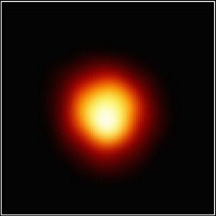
Stars behave like blackbodies. This means that they give off light of all colors, and that their brightness and color depend only on their temperature. So a hot star appears blue and bright, while a cool star appears red and dim.
Light is prevented from escaping the star by the reactions inside it. Instead, the light slowly works its way out towards the surface, where we can see it.
Light escapes more easily from stars with lots of helium. So, stars with lots of helium are brighter than stars with lots of hydrogen of the same mass. Helium stars are also hotter and bluer since stars behave like blackbodies.
Submitted by Deborah (Maryland, USA)
(March 4, 1998)
You might also be interested in:
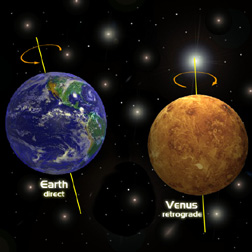
It depends on which type of motion you are asking about. If you take a birds-eye view from the top of the solar system all the planets orbit around the Sun in a counter-clockwise (or direct) direction.
...more
Have you ever wondered how astronauts live in space? Did you know they do a lot of the same things we do here on Earth? Astronauts eat, exercise and sleep just like we do. However, their food isn't always
...more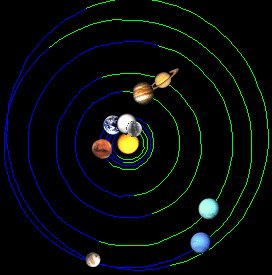
There is a really neat internet program called Solar System Live that shows where all of the planets and the Sun are. If you go to that page, you'll see an image similar to the one on the left. Below the
...more
The picture of the American Flag (the one put there by the Apollo astronauts) is waving (or straight out) in the wind. How could that be possible if there is no atmosphere on the Moon? Was it some sort
...more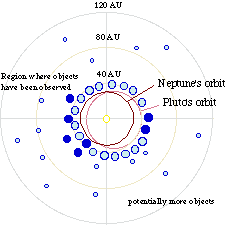
I was wondering if there is a new planet? Are there planets (a tenth planet?) after Pluto belonging to our solar system? What are the names of the new planets discovered in the solar system? Are there
...more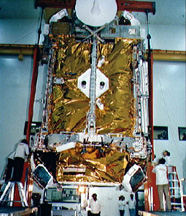
When an object has a really high energy, it can form a black hole. This is called a primordial black hole. Primordial black holes were formed near the beginning of the universe. Primordial black holes
...more













